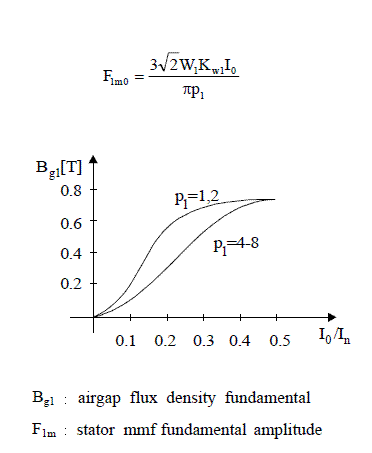- This topic has 4 replies, 1 voice, and was last updated 2 years, 11 months ago by .
-
Topic
-
The no load current of the induction motor should be less than 30% of rated load current. Is this a standard?…
The no load current of the induction motor should be less than 30% of rated load current. Is this a standard? I am confused with the different no load amps of different manufacturer. Could anyone please explain me more in detail? please send me any link of explanation if possible.
Viewing 4 replies - 1 through 4 (of 4 total)
Viewing 4 replies - 1 through 4 (of 4 total)
- You must be logged in to reply to this topic.

 The no load (zero rotor current) design airgap flux density is Bg1 = 0.6
The no load (zero rotor current) design airgap flux density is Bg1 = 0.6